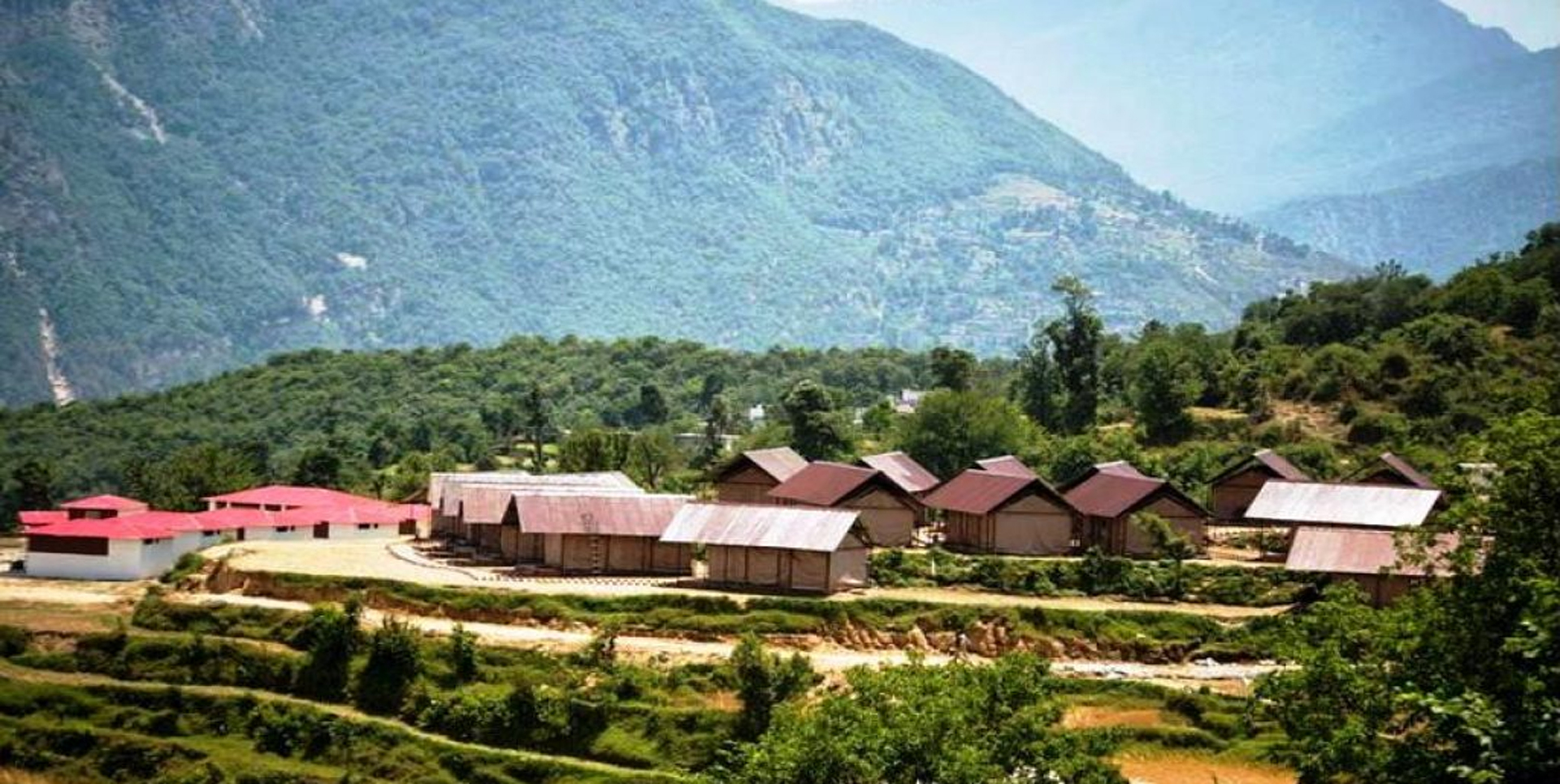Overview of Guptkashi
The Guptkashi Temple is an ancient and popular religious temple, which is situated at an elevation of about 1319 meters above sea level in Kedar-Khand in the Garhwal Himalaya of Rudraprayag district in Uttarakhand. This temple is situated on the banks of the Mandakini River on the route of Kedarnath mountain. Guptkashi temple is dedicated to Lord Shiva and Lord Vishwanath. A small temple is also located near the Guptkashi temple, which is built for Lord Vishwanath. Another famous temple here is dedicated to "Ardhanashvara" where half male, half female Lord Shiva and Goddess Parvati are enthroned. This temple is an important temple as it is also considered as a small Char Dham in Hindu pilgrims. This temple is a beautiful stone temple built with many Hindu architecture. The architectural style of this temple is similar to other temples in Uttarakhand, such as Kedarnath, built in stone with a high tower on the mountain and a wooden frame and sloping roof top of the tower in a typical architectural style of the area. situated at . The entrance to the temple has two gatekeepers (entrances) on both sides and the outer facade is painted with lotus. At the highest of the entrance is an image of Bhairava, a terrible form of Lord Shiva. To the left of the main temple is a small temple dedicated to Ardhanarishwara and at the entrance of this temple are installed metal statues of Nandi representing the image of Lord Shiva. The religious significance of the Guptkashi temple is believed to be next to Varanasi and it is also believed to be the holiest of all Hindu pilgrimage centers.
Mythology also states that Lord Shiva proposed the Goddess Parvati in Guptkashi before marrying in the small Triyuginarayan village at the confluence of the Mandakini and Songanga rivers. Guptkashi literally means the hidden out Banaras, which is a sacred place for Hindus. The Guptkashi temple is also known as "Chota Kashi" because this place is considered to be the main place of Lord Shiva at Kedarnath, which is in the upper part of the mountains of this place. A small pond (kund) in front of the Guptkashi temple is called Manikarnika Kund, in which a Shiva-linga bathes with two rivers. The water of this pool represents the Ganges (Bhagirathi) and Yamuna river. The spring water of the Yamuna originates from the Gaumukh (spout in the shape of a cow's mouth) and the Bhagirathi spring water flows from an elephant trunk from Ranling over a battlefield. It is a beautiful place and at the same time it is also a tourist destination, which exhibits exquisite mountain ranges and scenic beauty.
Mythology About Guptkashi
The name Guptkashi Temple has a great significance in the name Guptkashi, which is associated with the Pandavas. The popular narration states that after the Kurukshetra war, on the advice of Lord Krishna, the Pandavas had atoned for the deceptive and brahm-killing sins by seeking forgiveness and blessings from Lord Shiva before attaining salvation but the Lord Shiva was not ready to meet them as Lord Shiva was angry with Pandavas for unjust incidents of war. Therefore, he avoided meeting her in Kashi and went undercover in Guptkashi in Uttarakhand, wearing the secret form of bull Nandi. But the Pandavas chased Lord Shiva to Guptkashi and they were given Nandi bull by Bhima.
Identified as | As Bhima tried to get his Lord Shiva to catch the bull's tail and legs as a Nandi bull, Nandi disappeared from Guptkashi, (in a cave to hide from the ground), but later Lord Shiva took five different- It came out in different forms, namely Kedarnath, face in Rudranath, arms in Tungnath, Madhyameshwar in the navel and stomach and locks in Kalpeshwar. After worshiping in this form, the Pandavas got atonement from the sin of killing Brahma. The place where Lord Shiva's extinction took place on the banks of the Mandakini river was named Guptkashi (hidden Kashi). In the upper bank of the Bhagirathi River, there is another Kashi, called Uttarkashi (Uttara Kashi).
If you come to visit Rudraprayag district, then you must visit the divine Guptkashi temple as well as visit other famous Kalimath Temple, Kedarnath Temple, Tungnath Temple, Koteshwar Mahadev Temple, Hariyali Devi Temple and Triyuginarayan Temple.

